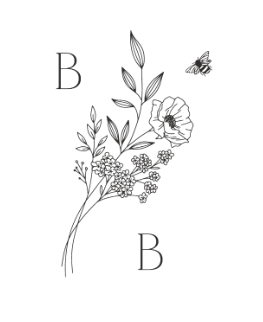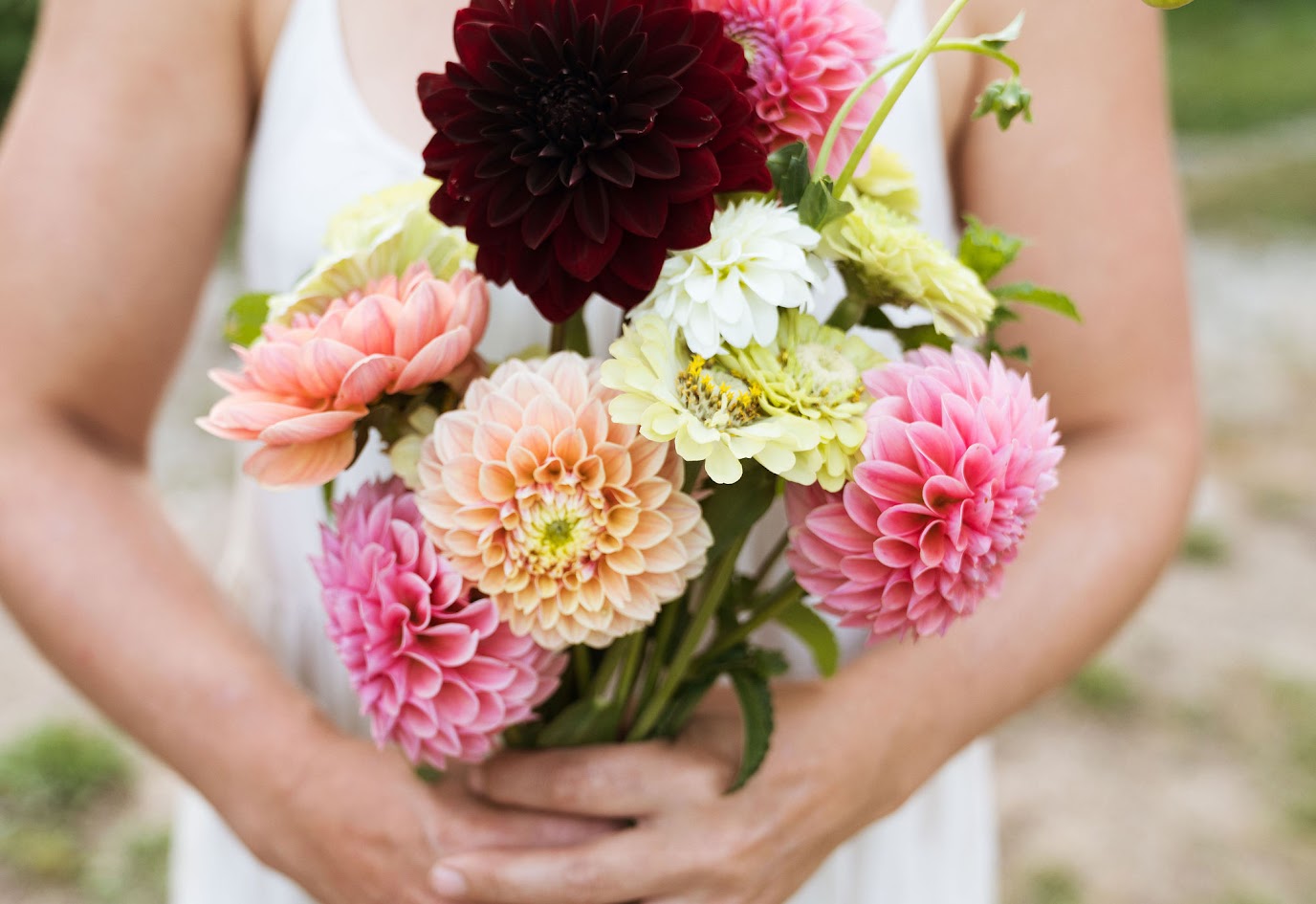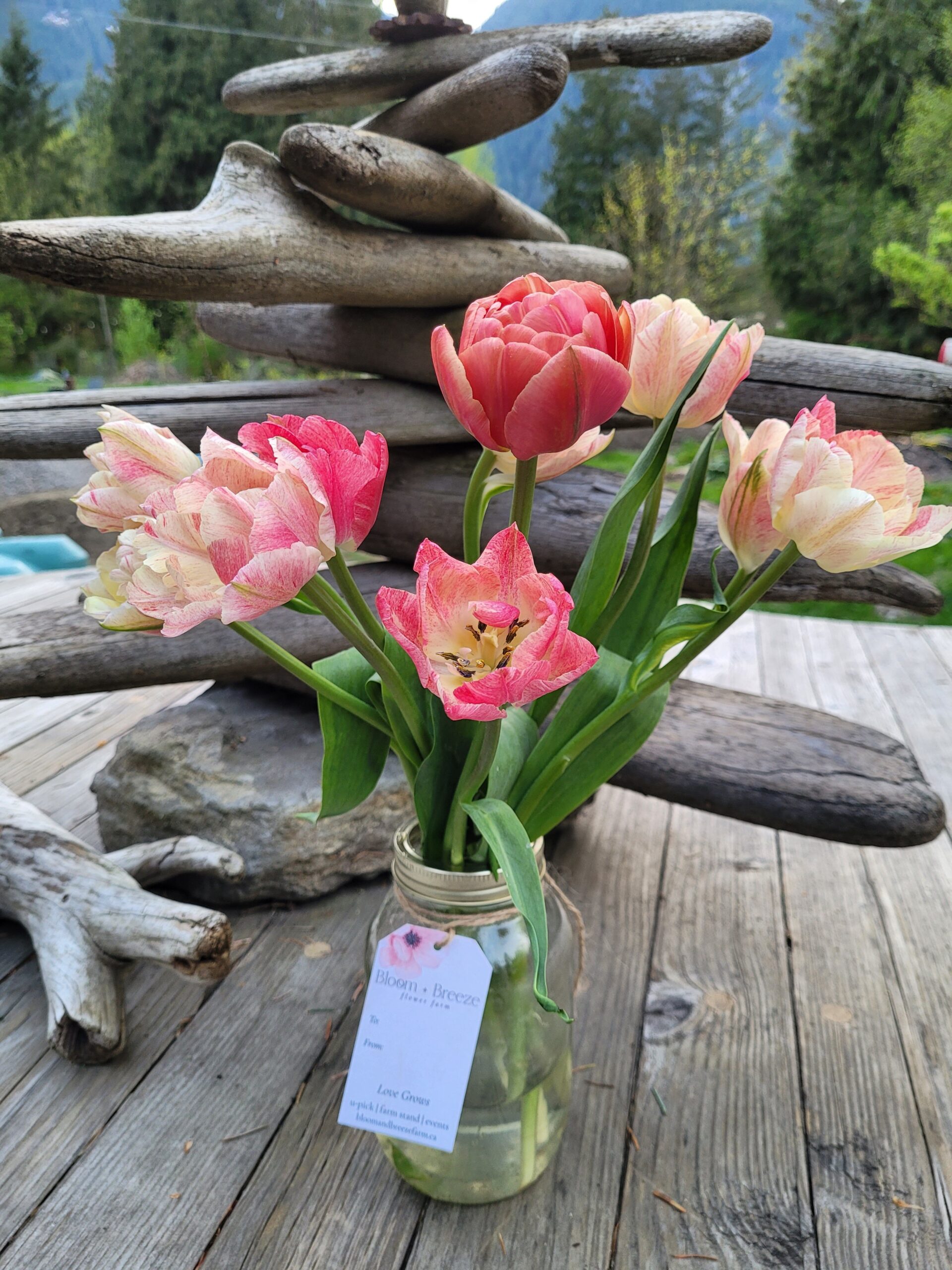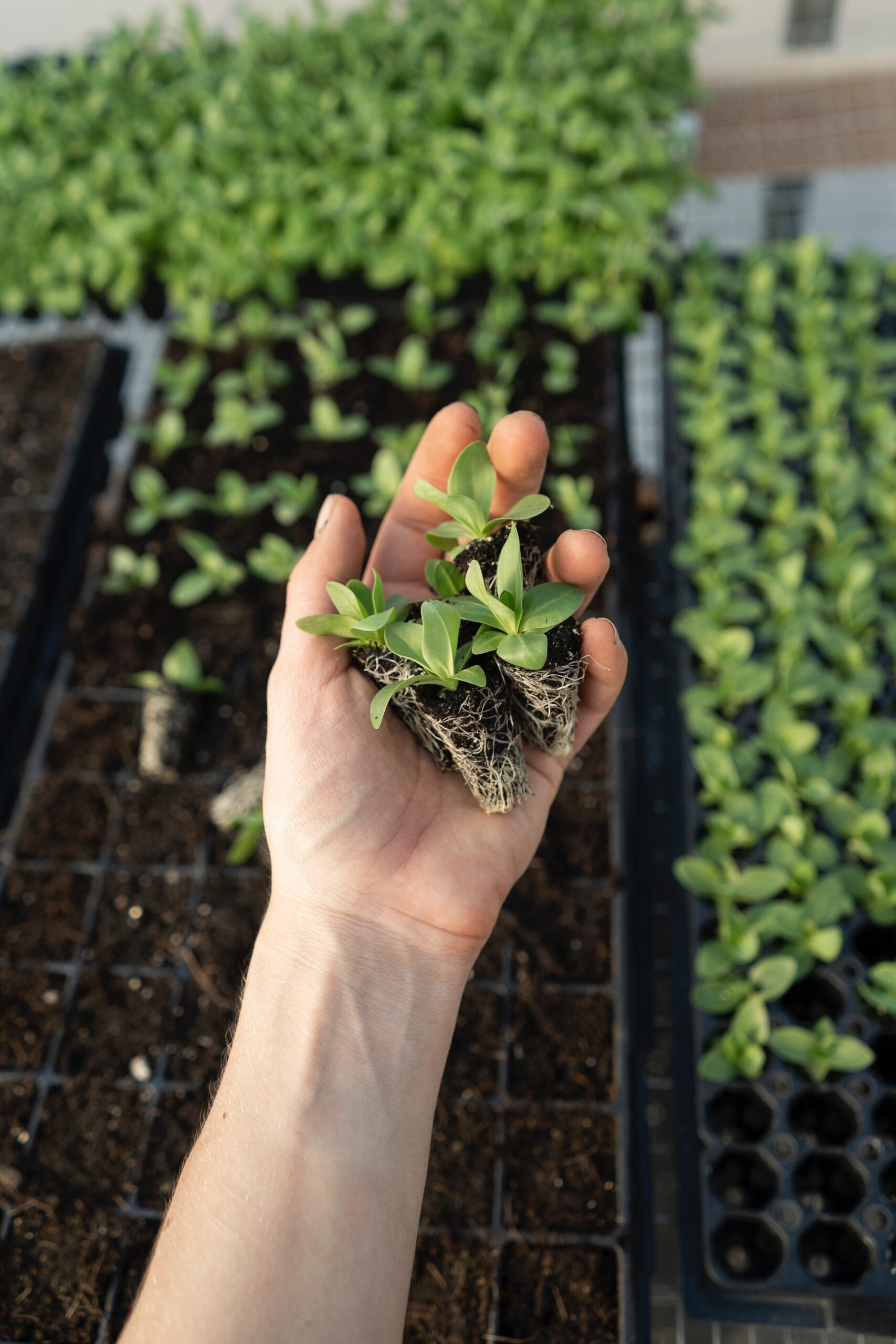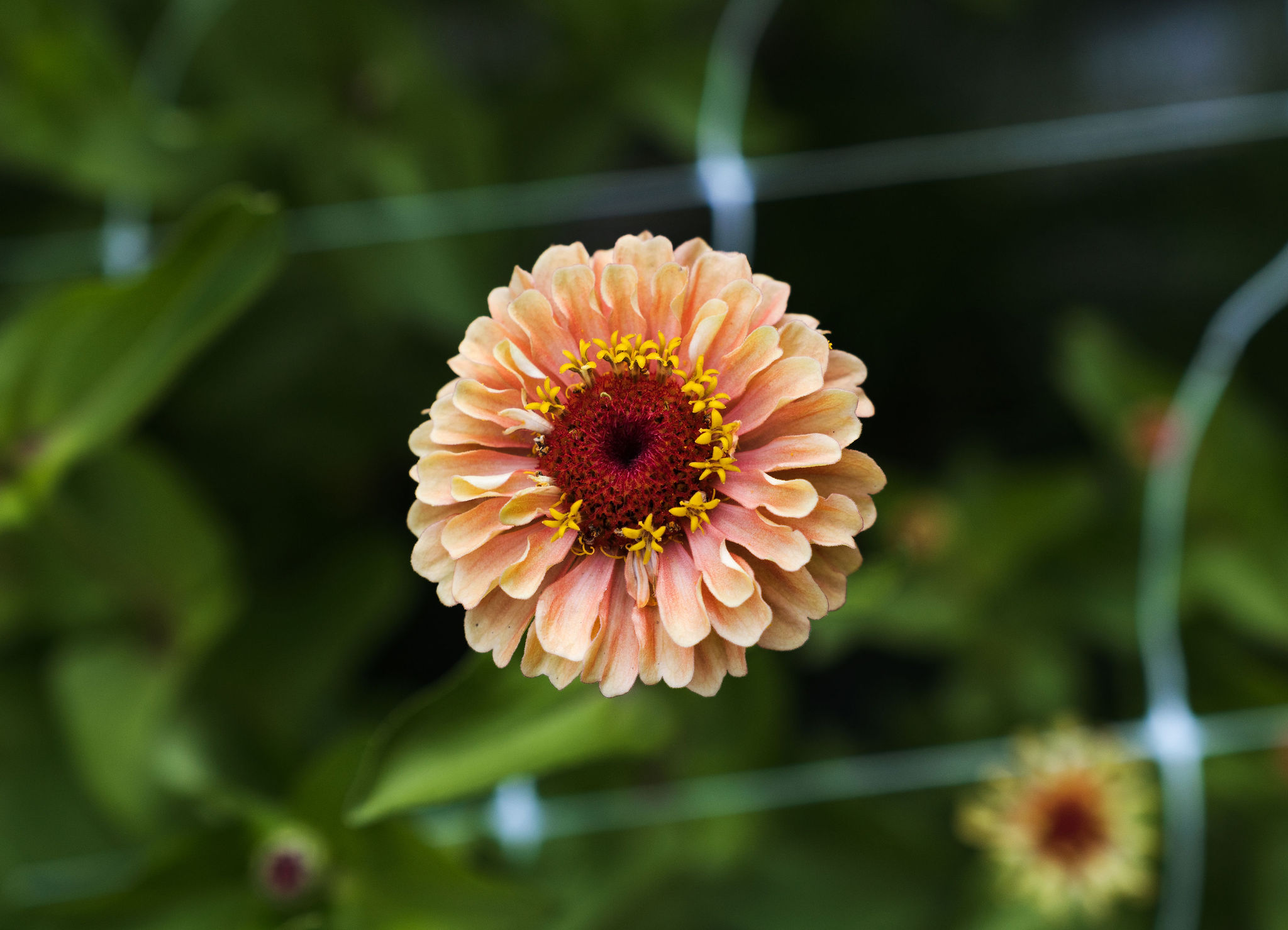
How to Grow Zinnias
A Beginner’s Guide to Growing Vibrant Zinnias in Your Garden
Zinnias are colorful and versatile annual flowers that are easy to grow and perfect for adding a burst of vibrant hues to your garden. With their wide range of colors, shapes, and sizes, zinnias are a popular choice among gardeners of all skill levels. In this guide, we will walk you through the step-by-step process of growing zinnias, from choosing the right varieties to caring for them throughout the growing season. So, let’s get started and learn how to grow stunning zinnias in your own garden!
Step 1: Choosing Zinnia Varieties
Zinnias come in various heights, flower sizes, and colors, so it’s important to choose the right varieties for your garden. Some popular zinnia varieties to consider are:
- Dwarf Zinnias: These are perfect for container gardens or small spaces and typically grow up to 10-12 inches in height. They come in a wide range of colors and are known for their compact growth and early bloom time.
- Medium Zinnias: These are the most commonly grown zinnias and are perfect for borders or mass plantings. They grow up to 18-24 inches in height and produce a profusion of flowers in various colors.
- Tall Zinnias: These are ideal for adding height and drama to your garden. They can grow up to 36-48 inches in height and produce large, showy flowers.
- Cut Flower Zinnias: These varieties are specifically bred for their long stems and make excellent cut flowers for bouquets and arrangements.
Choose zinnia varieties that suit your garden space, color preferences, and purpose (such as cut flowers or borders) to create a stunning display of zinnias in your garden.
Step 2: Planting Zinnias
Once you’ve selected your zinnia varieties, it’s time to plant them in your garden. Here’s how:
- Choose a sunny spot: Zinnias thrive in full sun, so choose a location in your garden that receives at least 6-8 hours of direct sunlight per day.
- Prepare the soil: Zinnias prefer well-draining, fertile soil. Prepare the soil by removing any weeds, rocks, or debris, and loosen the soil with a fork or a tiller. Incorporate organic matter, such as compost or aged manure, into the soil to improve its fertility and structure.
- Plant the seeds: Zinnias can be grown from seeds or transplants, but starting from seeds is more common and cost-effective. Sow zinnia seeds directly into the soil after the last frost date in your area. Plant the seeds about ¼ to ½ inch deep and space them according to the variety’s recommended spacing, which is typically 6-12 inches apart.
- Water regularly: Keep the soil evenly moist but not waterlogged during the germination and seedling stages. Once the zinnias are established, they are moderately drought-tolerant, but regular watering is still necessary during hot, dry spells.
Step 3: Caring for Zinnias
Zinnias are relatively low-maintenance flowers, but they do require some care throughout the growing season. Here are some tips for caring for your zinnias:
- Fertilize: Zinnias are heavy feeders and benefit from regular fertilization. Apply a balanced, water-soluble fertilizer every 4-6 weeks during the growing season to promote healthy growth and abundant blooms.
- Deadhead regularly: To encourage continuous blooming, it’s important to deadhead or harvest your zinnias regularly. Deadheading is the process of removing spent flowers by pinching or cutting them off at the base of the stem. This prevents the formation of seed heads and redirects the plant’s energy towards producing more flowers.
- Pinch for more flowers: Pinching is another technique you can use to promote bushier growth and more flowers in zinnias. When the plants are about 6-8 inches tall, pinch off the top inch or two of the main stem using your fingers or pruners. This will encourage branching and result in more flower buds, ultimately leading to a fuller and more abundant display of blooms.
- Stake tall varieties: If you’re growing tall zinnia varieties that tend to flop or bend under their own weight, it’s a good idea to stake them for support. Use bamboo stakes or other suitable materials and gently tie the stems to the stakes with soft ties or twine. This will help keep the plants upright and prevent them from falling over or breaking in heavy winds or rain.
- Watch out for pests and diseases: Zinnias are generally resistant to pests and diseases, but it’s still important to keep an eye out for any signs of infestation or disease. Common pests that may affect zinnias include aphids, spider mites, and whiteflies, while diseases such as powdery mildew and bacterial leaf spot can also occur. If you notice any signs of pests or diseases, take appropriate measures, such as using organic or chemical controls, to prevent their spread and protect your zinnias.
Step 4: Harvesting Zinnias
Zinnias are not only beautiful in the garden, but they also make excellent cut flowers for bouquets and arrangements. Here’s how you can harvest zinnias for indoor use:
- Choose the right time: Zinnias are best harvested when the flowers are fully open and have a vibrant color. Give the flower a little shake to ensure the stem is stiff and firm. Avoid harvesting zinnias in the early morning or late afternoon when they are more likely to be wilted. Instead, choose a time in the mid-morning or early evening when the flowers are at their freshest.
- Cut the stems: Use sharp, clean pruners or scissors to cut the zinnia stems at a 45-degree angle just above a set of leaves or nodes. This will encourage the plant to produce more side branches and flowers.
- Remove leaves: Strip off any leaves that will be submerged in water to prevent them from rotting and causing bacterial growth in the vase.
- Place in water: Immediately after cutting, place the zinnia stems in a clean vase filled with fresh water. Change the water every 2-3 days and trim the stems every few days to promote water uptake and extend the vase life of your zinnias.
With their vibrant colors and easy care requirements, zinnias are a great addition to any garden. By choosing the right varieties, planting them correctly, providing regular care, and harvesting them at the right time, you can enjoy a stunning display of zinnias in your garden or as cut flowers indoors. Follow the tips and techniques outlined in this guide, and you’ll be well on your way to growing beautiful zinnias that will brighten up your garden all season long.
We hope this guide has been helpful to you in learning how to grow zinnias. Happy gardening!
.

